Beyond Speed: Why Being "Good at Math" Is About So Much More Than Fast Calculations
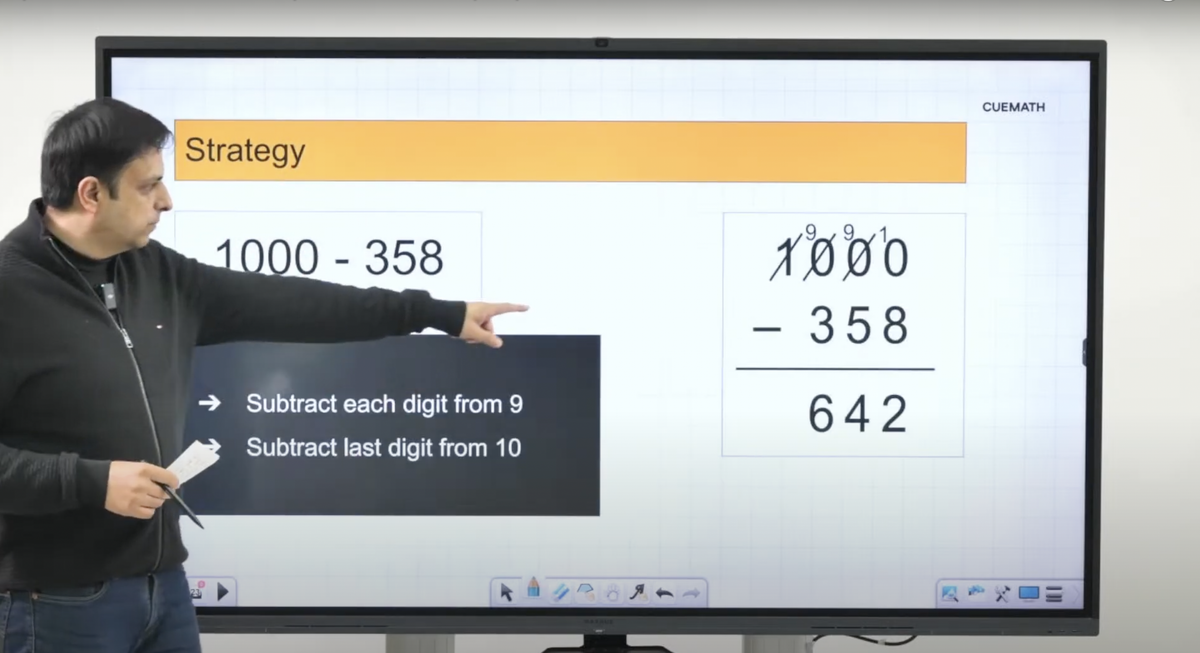
I'll never forget the day I met Neil, a bright-eyed third-grader whose parents beamed with pride as they introduced him as their "math genius." They weren't exaggerating about his calculation prowess - the kid was genuinely impressive.
"Neil, what's 459 plus 283?" I asked casually.
"742," he shot back instantly, barely pausing to think.
"Nice! How about 59 times 38?"
His eyes darted briefly as he worked through it. "2,242."
I threw a few more at him - division problems, three-digit additions, even some trickier multiplications. Each time, Neil delivered the answer with the speed and confidence of a human calculator. His parents glowed. This was their party trick, and it never got old.
But then I shifted gears.
"Okay Neil, here's a different one. You go to a bookstore and buy 23 books, and each book costs $17. How much will you pay in total?"
The confidence drained from his face. He looked at me, then at his parents, then back at me. After a long pause, he asked hesitantly:
"What do I have to do here? Do I add these two numbers, or do I multiply them?"
The room went quiet. Here was a child who could multiply 59 by 38 in seconds, but couldn't recognize that buying 23 items at $17 each required multiplication. He had developed extraordinary calculation speed but missed something far more fundamental - the ability to understand what math actually means and when to apply it.
That moment crystallized something I'd been observing for years: there’s a large number of children and parents who think being "good at math" means being fast with numbers, when in reality, calculation speed is just one small piece of a much bigger puzzle.
The Mental Calculation Trap
Of course, Neil’s parents had good intentions. In a world that seems to move faster every day, who wouldn't want their child to have quick mental math skills? Speed math programs promise to turn your child into a human calculator, and that sounds impressive, doesn't it?
And yes, mental calculation ability does matter. It absolutely does.
Think about it this way: if you're trying to solve a complex problem but you're struggling with basic arithmetic - getting stuck on what 8 times 7 equals or fumbling through simple fractions - you'll never get to the interesting part of the problem. Your brain's working memory gets completely bogged down in the computational weeds. It's like trying to write a beautiful essay when you're still sounding out every word letter by letter.
This is what we call automaticity - the ability to perform basic calculations quickly and accurately without conscious effort. And yes, building some level of automaticity is absolutely essential for mathematical fitness.
Knowing your multiplication tables up to 20? Useful. Being able to quickly calculate 17 times 13 in your head? Definitely helpful. These skills free up your brain's cognitive resources to focus on the higher-order thinking that mathematics really requires.
But here's where things go wrong: there's a point of diminishing returns.
Learning specialized tricks to multiply 384 by 74 in your head? That's where we've crossed into performance art rather than practical mathematics. It's impressive at parties, sure, but it's not what being mathematically fit is really about.
Yet somehow, this narrow definition of "math ability" has taken root in our collective consciousness. In movies, you hear about nerdy characters being “good with numbers”. And so, children like Neil become hyper-specialized in mental calculations while developing mathematical blind spots so large they can't solve a simple word problem about buying books.
What Mathematical Fitness Actually Means
If you've followed Cuemath's philosophy, you know we talk about making children MathFit™ - not just mathematically proficient, but truly fit across all dimensions of mathematical thinking.
Just as physical fitness isn't just about being able to run fast (you also need strength, flexibility, endurance, coordination), mathematical fitness requires developing multiple interconnected capabilities. At Cuemath, we focus on building four essential dimensions:
1. Procedural Fluency (Including Calculation Skills)
This is where mental calculation sits, along with the ability to execute mathematical procedures correctly and efficiently. It's important - no question. But it's just the foundation, not the entire building.
Procedural fluency means you can:
- Perform basic arithmetic operations smoothly
- Execute algorithms and formulas correctly
- Work through mathematical procedures without getting stuck on mechanics
Think of it as your mathematical vocabulary and grammar. You need it to communicate mathematically, but knowing vocabulary doesn't make you a great writer.
2. Conceptual Clarity
This is the deep understanding of why mathematical ideas work the way they do. It's the difference between memorizing that "you multiply when you see 'each'" and actually understanding that multiplication represents equal groups.
When children have conceptual clarity, they can:
- Explain the reasoning behind mathematical ideas
- See connections between different mathematical concepts
- Reconstruct formulas or procedures they've forgotten because they understand the underlying logic
This is what Neil was missing. He could multiply - he just didn't understand what multiplication meant or when to use it.
At Cuemath, we build conceptual clarity through interactive simulations and visual representations that make abstract ideas tangible. We don't just tell students that adding fractions requires a common denominator - we show them through visual models why this must be true, until it clicks at a deep, intuitive level.
3. Application Ability
This is the bridge between abstract mathematics and the real world - the ability to recognize when and how to apply mathematical thinking to solve actual problems.
Children with strong application ability can:
- Translate real-world situations into mathematical language
- Recognize which mathematical tools are relevant to a given problem
- Interpret mathematical results in context
This is the skill that separates students who can solve textbook problems from those who can use mathematics to navigate actual life. It's what Neil desperately needed - not more calculation speed, but the ability to see that buying 23 books at $17 each is a multiplication problem.
At Cuemath, we deliberately embed mathematical concepts in real-world contexts. We don't just ask "What is 23 × 17?" - we present scenarios where students need to figure out for themselves what operation the situation requires.
4. Logical Reasoning
This is the highest-order dimension of all - the ability to construct multi-step chains of reasoning, to think through complex problems systematically, and to build mathematical arguments.
Strong logical reasoning enables children to:
- Break complex problems into manageable steps
- Make logical deductions and inferences
- Construct and follow mathematical arguments
- Think critically about whether their answers make sense
This is what makes someone a true mathematical thinker rather than just a calculator. It's the skill that will serve your child not just in math class, but in every domain of life that requires clear, systematic thinking.
We develop logical reasoning at Cuemath through puzzles, strategy games, and problems that require students to think multiple moves ahead. We encourage them to explain their reasoning, to justify their approaches, and to question whether their solutions make sense.
Lessons from Mathematical Giants
Here's something that might surprise you: some of history's greatest mathematicians were, by their own admission, pretty average at mental calculation.
Take Maryam Mirzakhani, the brilliant Iranian mathematician who became the first woman to win the Fields Medal (often called the "Nobel Prize of Mathematics"). When describing her problem-solving approach, she said: "I don't have any particular recipe. It is like being lost in a jungle and trying to use all the knowledge that you can gather to come up with some new tricks, and with some luck you might find a way out."
Notice what's missing from that description? Speed. Tricks for fast calculation. Instead, she talks about exploration, knowledge, creativity, and persistence.
Or consider Richard Dedekind, the 19th-century German mathematician who made fundamental contributions to abstract algebra and number theory. He was known to be meticulous and slow in his work, preferring deep understanding to quick computation. His mathematics was characterized by clarity of thought and rigorous reasoning - not calculation speed.
Even the legendary physicist Albert Einstein reportedly said, "Do not worry about your difficulties in mathematics. I can assure you mine are still greater." He wasn't known for lightning-fast mental arithmetic. What he had was profound conceptual understanding and the ability to think about problems in completely novel ways.
The pattern is clear: mathematical brilliance correlates with deep understanding, creative problem-solving, and logical reasoning - not with how quickly you can multiply two-digit numbers.
The Cuemath Approach: Building Complete Mathematical Fitness
At Cuemath, we've built our entire methodology around developing all four dimensions of mathematical fitness in harmony.
Yes, we help students build procedural fluency and automaticity with our daily math practice app. These short, focused practice sessions - just 15 minutes a day - strengthen calculation skills and help mathematical procedures become second nature. We want students to have that foundation solid, so their working memory is free for more interesting work.
But we don't stop there. Not even close.
In our one-on-one coaching sessions, tutors use interactive simulations to build deep conceptual clarity. When a student learns about fractions, they don't just memorize rules - they manipulate visual models until they genuinely understand what fractions represent and why the operations work the way they do.
We embed concepts in real-world contexts to develop application ability. Students encounter problems where they need to figure out which mathematical tools to use, not just how to use tools we've told them to apply. This is how we prevent the Neil situation - where a child can calculate but can't recognize when to calculate.
And through puzzles, strategy problems, and our "teach it back" methodology, we build robust logical reasoning. Students don't just solve problems - they explain their thinking, defend their approaches, and learn to construct coherent mathematical arguments.
This is what we call The Cuemath Way - developing mathematical fitness holistically rather than obsessing over one narrow dimension.
What This Means for Your Child
If your child can do quick mental calculations, that's great! Don't stop them from developing that skill. Automaticity with basic operations is genuinely useful, and there's nothing wrong with being fast with numbers.
But don't let that become their entire mathematical identity.
Here's what I urge you to do instead:
Encourage automaticity, but in the right measure. Help your child master their times tables, become comfortable with basic arithmetic, develop mental math strategies that genuinely help (like breaking 15 × 8 into 10 × 8 plus 5 × 8). This is valuable.
But resist the temptation to pursue calculation speed for its own sake. Don't push them toward hours of speed math drills or tricks for multiplying three-digit numbers that they'll never need in real mathematical work.
Instead, balance their mathematical diet.
Ask them to explain their thinking, not just give you answers. When they solve a problem, say "That's right! Now tell me - how did you figure that out?" This builds conceptual understanding and logical reasoning.
Give them real-world problems where they need to figure out what to do, not just how to do it. "We need to buy tiles for the bathroom floor. Each tile covers 2 square feet, and the floor is 8 feet by 10 feet. How many tiles do we need?" Let them wrestle with translating the situation into mathematics.
Encourage productive struggle with challenging problems rather than rapid-fire easy ones. A child who works through one complex, multi-step problem develops more mathematical fitness than one who speeds through fifty routine calculations.
Celebrate mathematical thinking in all its forms. When your child notices a pattern, makes a connection between concepts, or explains why something works the way it does, recognize that as mathematical achievement - not just getting the right answer quickly.
The Bottom Line
Being good at math is not about being a human calculator. It never has been, and in our age of AI and computing power, it matters less than ever.
What matters is developing a complete, robust mathematical fitness - one that includes yes, some level of procedural fluency and automaticity, but also deep conceptual understanding, the ability to apply mathematics to real problems, and strong logical reasoning skills.
About Neil - his story had a good ending. His parents eventually realized that calculation speed wasn't enough. They came to Cuemath, and over time, we helped Neil develop the broader mathematical capabilities he'd been missing. He learned not just to calculate, but to think mathematically.
The last I heard, he was thriving in high school math, not because he was the fastest calculator in the class, but because he understood concepts deeply, could apply them creatively, and could reason his way through complex problems.
That's what mathematical fitness looks like. And that's what every child deserves to develop.
Ready to build complete mathematical fitness in your child? At Cuemath, we don't just train calculators - we unlock mathematical genius through our holistic, neuroscience-based approach. Discover how our one-on-one coaching builds all four dimensions of mathematical thinking. Because your child deserves to be truly MathFit, not just fast with numbers.
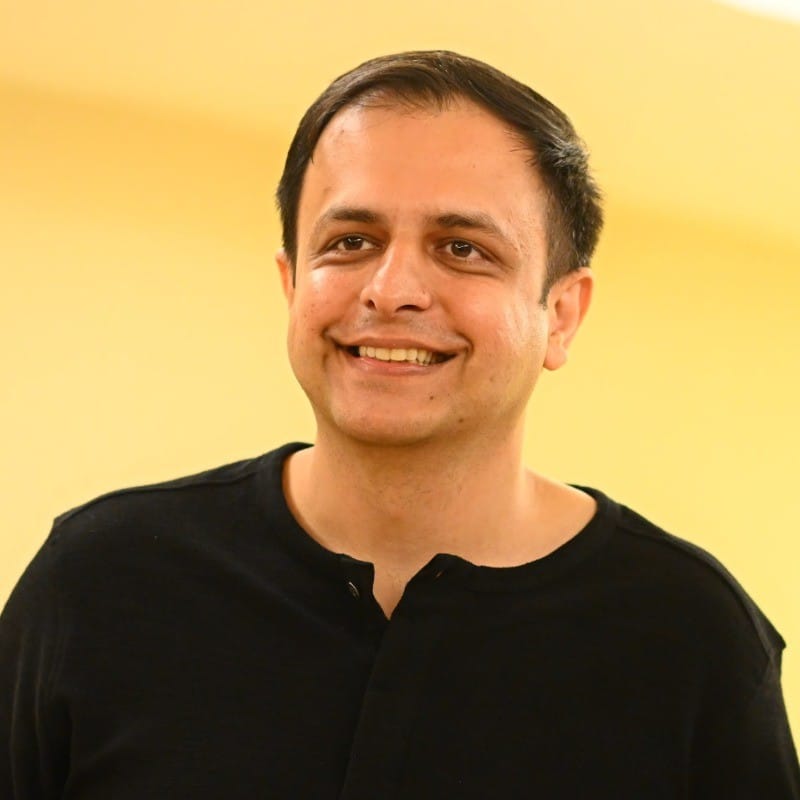
About the Author
Manan Khurma
Founder of Cuemath, IIT-D Alumnus
On a mission to make every child MathFit - and a lifelong learner.
View My LinkedIn
Read more
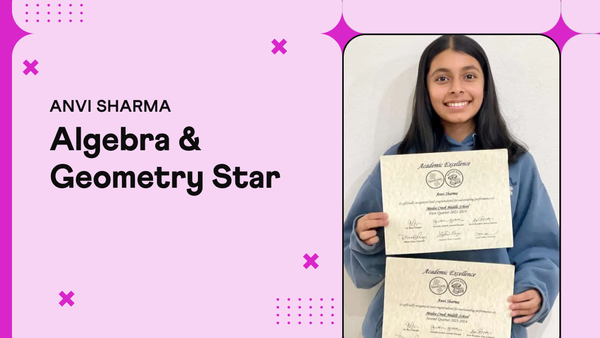
100% in Algebra 1 & A+ in Geometry CP: How Anvi achieved it
Anvi, a grade 9 Cuemath student, has demonstrated exceptional academic and leadership excellence. She scored 100% in Algebra 1 and A+ in Geometry CP, earning certificates of appreciation from her school. Her strong academic record and consistent discipline also led to prestigious leadership recognitions at the state level. With consistent
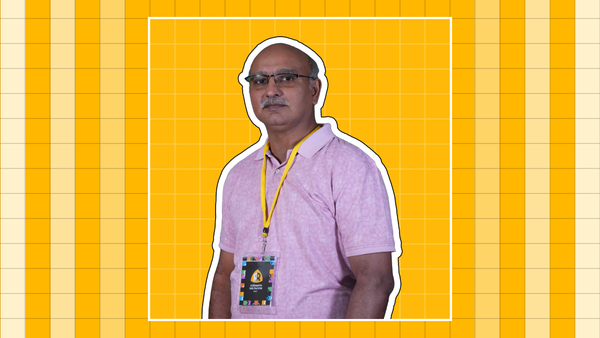
Deepak Mavani: Helping Students Ace High School Math and AP Courses
Born and raised in the beautiful Thiruvananthapuram, Kerala, Deepak’s passion for teaching comes from the joy of seeing that spark in a student's eye when they finally understand a concept. To him, math is a doorway that opens up a world of curiosity, creativity, and a lifelong
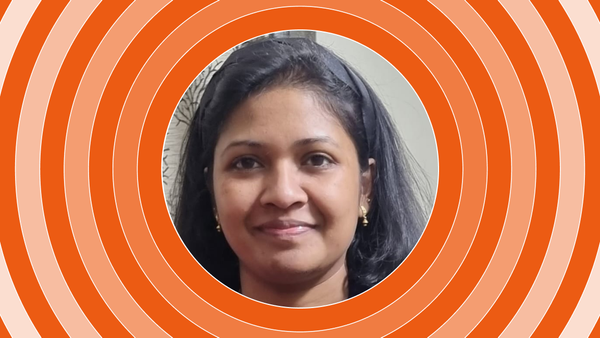
Shiji Varughese: Turning “I Can’t” into “I Love Math”
Originally from Gurugram, Shiji finds fulfillment in transforming a student's perception of math. An engineer by profession, Shiji Varughese was always inclined toward mathematics, and Cuemath has allowed her to dive into her passion for teaching. For almost six years, she has been nurturing future MathFit kids and
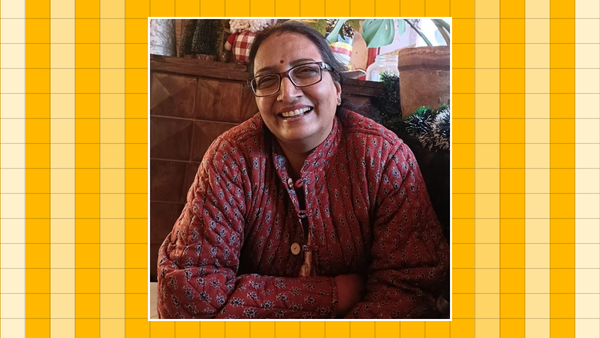
Aasha Bansal: Making Math Engaging, Inspiring Curiosity
Aasha Bansal believes math is not about rote learning, but about discovering patterns in everyday life. She adapts her teaching methods to each student’s unique learning style, nurturing curiosity and encouraging questions. Mistakes are treated as stepping stones, helping students build confidence and mastery over concepts. Her goal is

